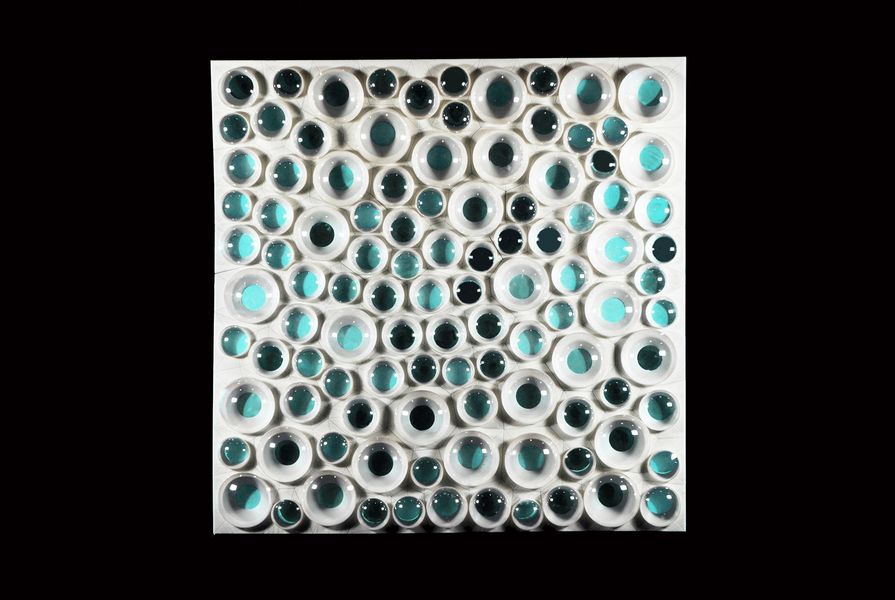The Smart Flexibility: Advanced Materials and Technologies exhibition at RMIT’s Design Hub is currently displaying a range of materials that could help shape the future of design, including responsive architectural skins and smartphone-linked garments that can provide sensory directions.
The exhibition, curated by Spanish materials centre Materfad, serves as part of RMIT’s Design for Impact festival organized by the Design Research Institute. The first stage of the exhibition in Barcelona, Spain, was visited by over 28,000 people.
RMIT Design Research Institute director Dr Swee Mak said that the development of experimental materials could help to inform solutions to issues such as climate change, energy efficiency, sustainability and other human issues.
“With a lot of the ideas, it still takes a number of steps before they can be used in practice because first of all you need architects to get it, then you need builders and building owners to want it, and then you’ve got to have the engineers and the construction people who can build with it,” he said.
“The process starts by helping people imagine different properties and different effects because a lot of the concepts are in that stage where they’re demonstrating a different way of looking at the world.”
RMIT researchers from the School of Architecture and Design contributed three additional projects to the exhibition, including two designs for adaptive architectural skins and a project exploring the perception of air and atmospheric elements by industrial designer Dr Malte Wagenfeld.
“With architecture, the building envelope doesn’t have to be a passive one, and it can have some form of intelligence built through flexibility and smartness that allows it to be much more adaptive to the environment,” said Mak.
Lumina: A Luminous Cloud designed by Dr Chin Koi Khoo, is a floating, illuminated architecural form made up of smaller triangular shapes that form a thin see-through silicone rubber skin with glow pigments. The skin responds to space occupancy information, and is able to provide active illumination and manipulate light effects.
The Penumbra project, completed by a team of researchers including Richard Blythe and Paul Minifie, consists of a honeycomb arrangement of apertures that interact with internal and external light by transitioning from an opaque to a transparent state. The design for the active building skin system is able to provide solar shading while also replicating natural lighting effects such as dappled lighting.
The exhibition also features wearable materials that challenge conventional clothing design, including a garment that directs users on a smartphone-mapped route through the use of vibrations that indicate whether to turn left or right. Over 100 sample materials are also on display at the exhibition, including flexible photovoltaic materials, carpet made using recycled rubber and wool and a shoe made from hemp plastic.
The active and flexible materials presented in the exhibition come from 10 countries, including the USA, Germany, Spain, China, Switzerland, the UK, Canada, Denmark and the Netherlands.
The Smart Flexibility: Advanced Materials and Technologies exhibition is running at RMIT’s Design Hub from 24 July to 9 August 2015. For more information, click here.


















